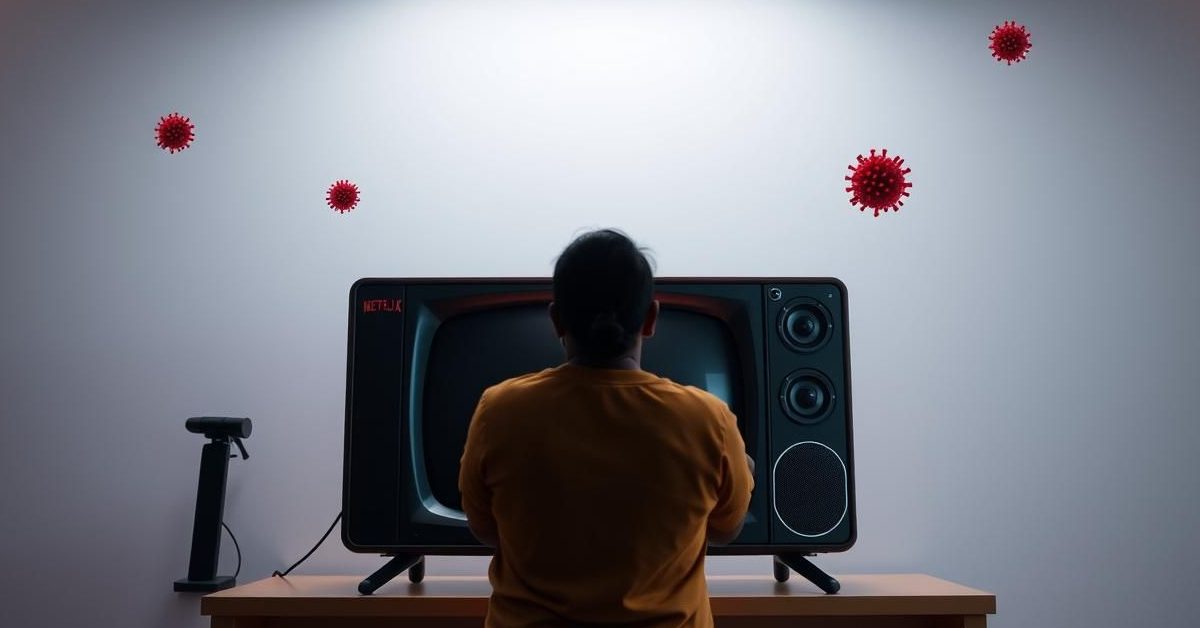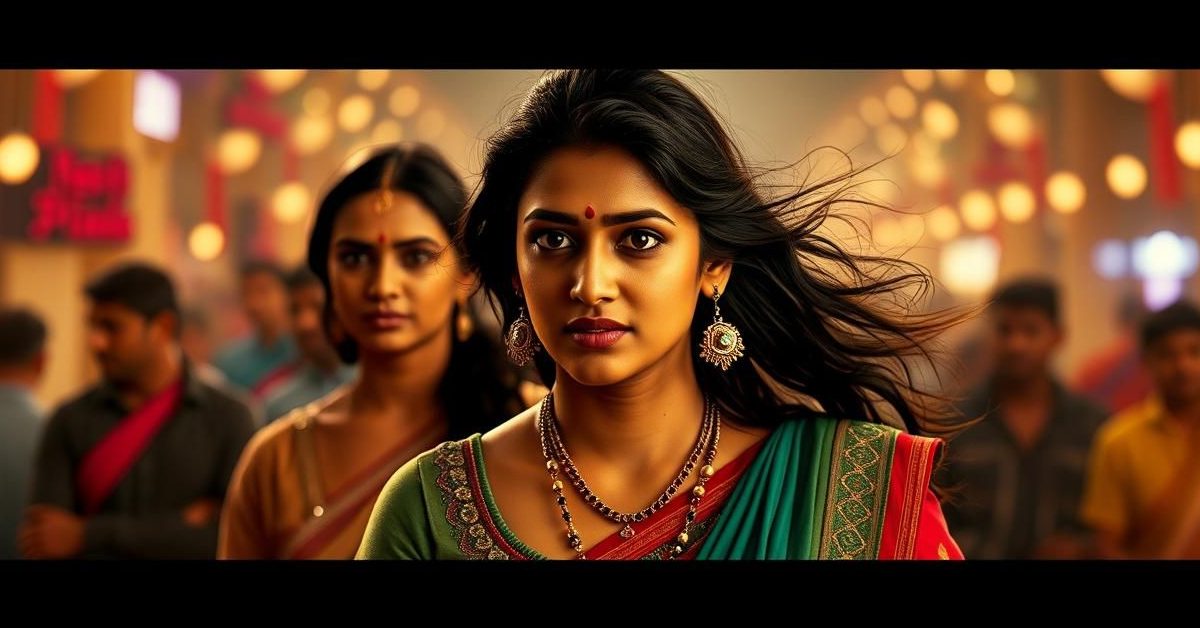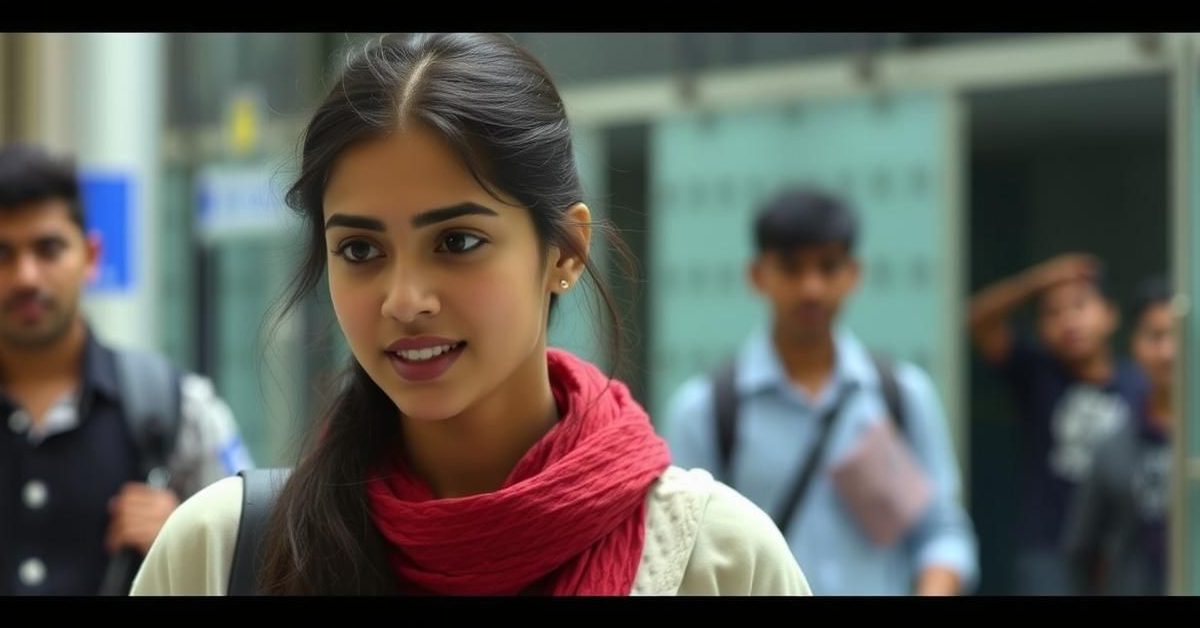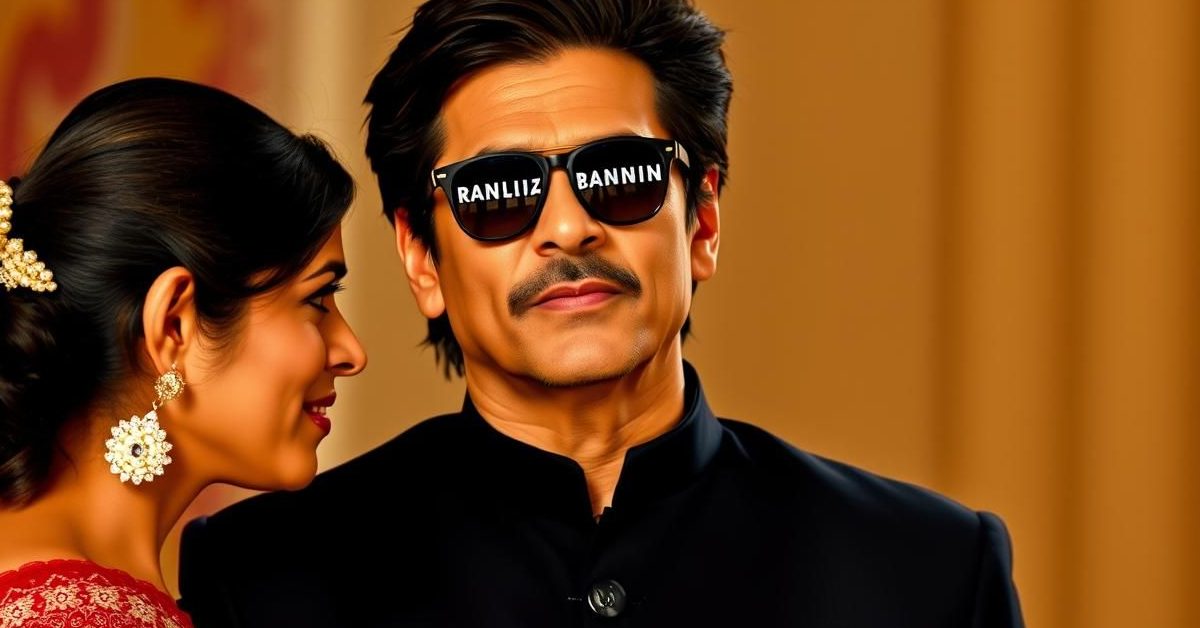Streaming services in India, once hailed as disruptors of traditional television, are increasingly adopting the very strategies and content formats they sought to replace, blurring the lines between the two entertainment powerhouses.
The Early Promise of Streaming
In the early 2010s, Indian audiences embraced streaming as a novel way to watch content anytime, anywhere. The rise of web series and platforms like YouTube offered unprecedented flexibility, allowing viewers to pause, rewind, and fast-forward their shows.
The Jio revolution further democratized internet access, paving the way for international giants like Netflix and Prime Video to enter the market in 2017. Their early Indian originals, such as *Sacred Games* and *Inside Edge*, pushed creative boundaries, redefining entertainment beyond traditional television norms.
The Pandemic’s Profound Impact
The COVID-19 pandemic, from 2020 to 2022, profoundly reshaped India’s entertainment landscape. Confined to their homes, millions turned to streaming, making it a daily habit and significantly impacting both cinema and cable television.
Smart TVs and streaming sticks began replacing traditional DTH services. Streaming became the new dominant force, much like satellite TV superseded VHS and Doordarshan in the 1990s.
A Strategic Shift Back to Mass Appeal
As post-pandemic life resumed, streaming platforms faced challenges in sustaining their explosive growth. This led to a strategic pivot in 2023: rather than solely catering to niche audiences, streamers began embracing popular television formats.
Smriti Irani, former I&B Minister, highlighted the substantial revenues of both industries, advocating for collaboration over competition. This trend is evident with the announced return of *Kyunki Saas Bhi Kabhi Bahu Thi*, set to air on both its native StarPlus and its streaming counterpart, JioHotstar, featuring Irani herself.
Why the “Televisionization”?
Industry experts suggest this shift is driven by a desire for a wider audience and greater market share. Popular daily soaps, for instance, offer homemakers and elderly viewers the flexibility to watch at their convenience, unlike fixed TV schedules.
While some critics lament the move away from groundbreaking content, platform executives emphasize that audience “love” and viewership numbers are paramount. This focus on mass appeal has led to more former TV professionals joining streaming platforms, influencing programming decisions.
New Formats, Old Favorites Coexist
Streaming is now home to a blend of innovative and familiar content. Shows like *The Great Indian Kapil Show* and *The Traitors* (an Indian adaptation of a global reality format) illustrate this convergence.
*The Traitors*, hosted by Karan Johar, offers a high-production alternative to traditional reality TV, appealing to both mainstream and niche audiences. This coexistence allows platforms to cater to diverse tastes, much like concerts attract fans of both local and international music stars.
The Future of Streaming and Advertising
To further sustain growth, some streaming platforms are adopting advertising-based revenue models. Prime Video recently introduced ads, similar to YouTube and Spotify, indicating a broader shift towards monetization strategies common in traditional media.
The debate continues: is this convergence a necessary evolution for growth and wider reach, or does it compromise the innovative and disruptive spirit that defined early streaming?
- Streaming in India began as a revolutionary alternative to traditional TV programming.
- The COVID-19 pandemic cemented streaming as a household staple, significantly impacting traditional media.
- Facing slower growth post-pandemic, streaming platforms are now embracing mass-appeal TV formats like daily soaps and reality shows.
- This strategic pivot is driven by the goal of attracting wider audiences and maximizing viewership numbers.
- The introduction of advertisements on streaming platforms reflects a further convergence with traditional media monetization models.
This ongoing evolution suggests a future where streaming and television increasingly mirror each other, blurring the lines in India’s dynamic entertainment landscape.















